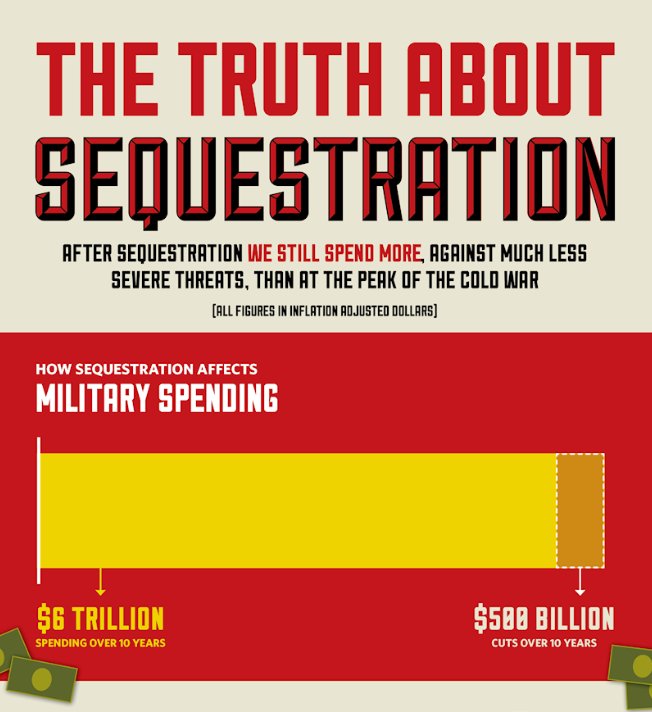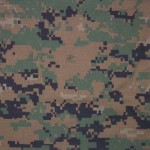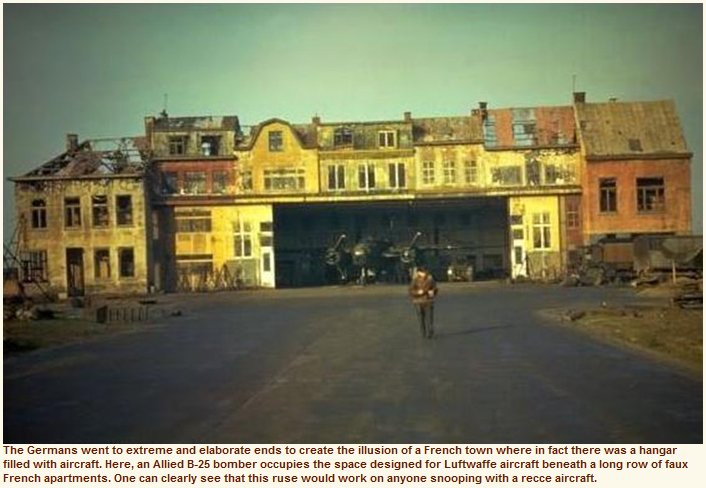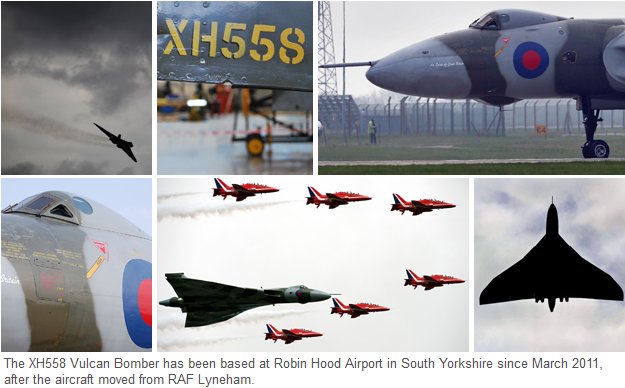If you’ve read the blog for a while, you’ll know that I’m far from anti-military. I was in the Canadian militia (the army reserve) during my teenage years, and still have friends who are serving in the armed forces of Canada, Britain, and the US. Since 2001, Canadians in particular have re-evaluated their views of the military and are now much more likely to demonstrate their support for the army, the Royal Canadian Navy, and the Royal Canadian Air Force. Even so, Canadians are much more low-key in their demonstrations of respect and approval than Americans are.
Some of the more outspoken supporters actually give me the creeps … rather than showing their support for the soldiers, sailors, and airmen, they seem to be showing their support for militarism. That sort of thing enables and encourages military adventurism, armed intervention in other countries, and the militarization of civilian life (look at the military-style gear many police departments now operate, including drones for border surveillance and drug war operations). That’s a line I never want to see Canada cross.
At the Future of Freedom Foundation blog, Jacob Hornberger expresses some of the same concern:
One of the most fascinating phenomena of our time is the extreme reverence that the American people have been taught to have for the military. Wherever you go — airports, sports events, church — there is a god-like worship of the military.
“Let us all stand and express our sincerest thanks to our troops for the wonderful service they perform for our country,” declare the sports broadcasters.
“Let us pray for the troops, especially those in harm’s way,” church ministers exhort their parishioners.
“Let us give a big hand to our troops who are traveling with us today,” exclaim airline officials.
Every time I see this reverence for the military being expressed, I wonder if people ever give any thought to what exactly the troops are doing. No one seems to ask that question. It just doesn’t seem to matter. The assumption is that whatever the troops are doing, they are protecting our “rights and freedoms.” As one sports broadcaster I recently heard put it, “We wouldn’t be here playing this game if it weren’t for the troops.”
There is at least one big problem with this phenomenon, however: The troops are engaged in actions that are harmful to the American people, including most of the people who have a reverential attitude toward them.
In the wake of the newly unveiled Distinguished Warfare Medal, the Department of Defense intends to relax standards on the nation’s oldest military decoration — the Purple Heart. Under the expanded interpretation, the award will now be available to any disgruntled service member suffering from disillusionment and shattered expectations.










